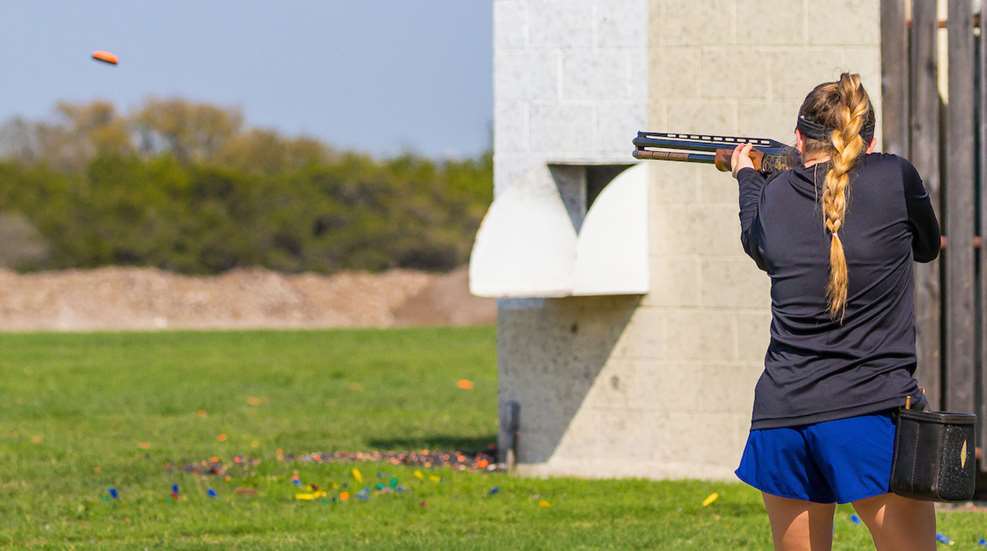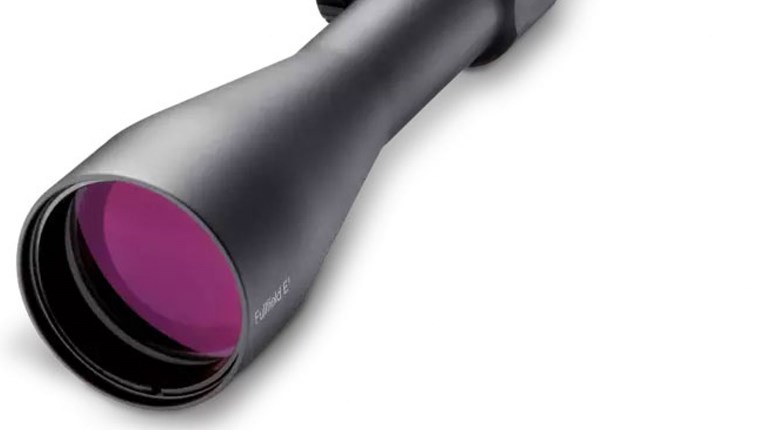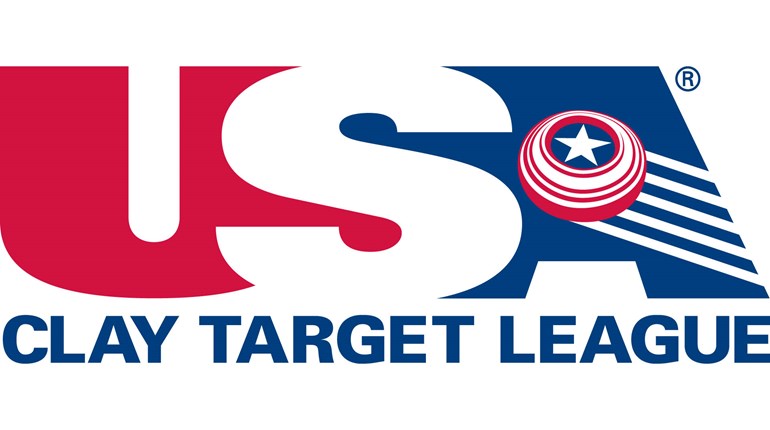
In the United States, clay target games are traditionally shot with lead shells, as lead is much cheaper than any of its alternatives and very effective. However, when it comes to waterfowl (and upland birds in some areas), hunters are require to use non-toxic alternatives to lead, the most common of which is steel. Some hunters like to take their steel loads out the skeet field or sporting clays course for a little practice. How bad is that?
Well, hunting loads, particularly for waterfowl, deliver more recoil than target loads, so you’ll take a real beating if you choose to do this. They’re also quite expensive and might not be allowed at your club. A better choice, with some caveats I’ll discuss below, would be steel competition loads designed for target shooting. These are already legally mandated for clay shooting in some countries.
Now, the answer to “how bad is it?” has a lot to do with your club. Some clubs require non-toxic shot for environmental reasons. On the other hand, some clubs ban steel, and some clubs don’t mind either way. Some allow competition steel loads but not the heavier hunting loads. Find out what your club’s rules are regarding non-lead shot before you bring it to your next league night.
The internet can’t seem to agree on whether steel penetrates more or less than lead, which isn’t much of a consideration since we’re not trying to take down game, but it does become a factor when you consider how stray pellets might damage trap houses, trees and surrounding vegetation. Strictly speaking of the clay targets themselves, steel has enough energy to break targets, so no real concern there.
We know a few things for sure: Steel is harder and lighter than lead and it doesn’t deform as it travels down the barrel. This means it shoots shorter, tighter shot strings, so if you’re going to try steel in your clays gun, make sure to pattern it on paper and be prepared to change chokes if needed. Also, according to clay-shooting.com, “Because steel shot is less dense, it needs a good shove to give it reach. High-performance steel shells generate more pressure and have higher muzzle velocity specifications than standard steel shells. This translates into better range but also results in more noise and more recoil.”
So, how bad is it to shoot clay targets with steel? First, check with your club to see how they feel about it. Second, if you’re going to do it, I suggest you stick with competition steel loads rather than hunting loads, for the sake of your shoulder and your wallet. Firing duck loads at the sporting clays range, where allowed, isn’t a bad thing to do if you feel like you need some test shots with your waterfowling gun, but it won’t give you an advantage on clay targets and it’ll be loud, painful and expensive.














































